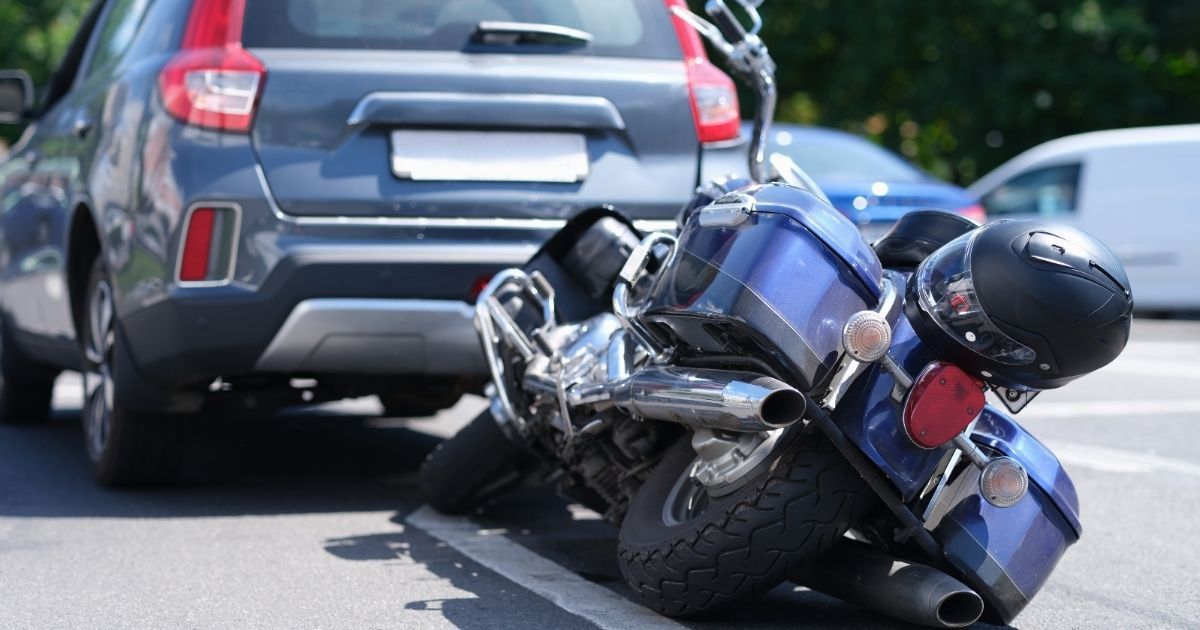Spring Driving Hazards in Massachusetts: Safety tips for a Safer Season
Recent Posts
Frequently Asked Questions (FAQ)
What’s the Most Common Cause of Motorcycle Accidents in Massachusetts?
Failure to yield by car drivers, especially during left-hand turns, tops the list, causing nearly 40–50% of multi-vehicle crashes. This aligns with the 1,800–2,000 annual incidents, particularly in busy Norfolk and Bristol counties.
Are Motorcycle Accidents More Deadly in Massachusetts Than Elsewhere?
Yes, somewhat—80% of crashes here result in serious injury or death, higher than the national average (around 60–70%), due to dense traffic and rural road risks. The 450 deaths over 10 years reflect this elevated severity.
How Does Weather Affect Motorcycle Crashes in Massachusetts?
Rain and snow significantly increase crash risk by reducing traction, contributing to the 66% of fatalities on rural roads like those in Plymouth County. Wet weather likely factored into dozens of the 160–180 county deaths since 2015.
Can I Sue If a Pothole Caused My Accident?
Yes, if poor road maintenance caused the crash, you might sue the responsible municipality (e.g., in Plymouth or Bristol counties). You’d need to prove negligence and file within three years, though such cases are tough to win.
Does Not Wearing a Helmet Make Accidents More Common?
No, it doesn’t cause crashes, but Massachusetts’ mandatory helmet law (90% compliance) reduces fatality severity. Non-compliance, rare here, might worsen outcomes, as seen in some of the 24 young rider deaths in 2018.
Why Are Intersections So Dangerous for Motorcyclists?
Intersections combine high traffic, turning vehicles, and visibility issues—41% of serious injuries occur there. In Brockton (Plymouth County) or Quincy (Norfolk County), these factors likely drove many of the decade’s 60–120 fatalities.
Spring in Massachusetts, spanning from March to June, marks a transition from the cold winter months to warmer temperatures, with average daily high temperatures increasing from 42°F to 71°F in Boston, as noted by Weather Spark - Boston Spring Weather. This season is characterized by increased rainfall and variable weather patterns, creating significant driving hazards. Towns such as Abington, Ashland, and Attleboro, among others, experience similar challenges due to the state's humid continental climate, which brings sudden changes from sunny to rainy conditions. This report outlines the key spring driving hazards, supported by recent statistics and safety recommendations, with a focus on their relevance across Massachusetts, including the specified towns.
Understanding Spring Weather in Massachusetts
Spring in Massachusetts brings a mix of warmer temperatures and increased rainfall, creating specific driving challenges. From heavy rain making roads slippery to reduced visibility from sudden downpours, drivers need to stay alert. Potholes from winter damage and increased motorcycle and wildlife activity add to the risks, especially in towns like Quincy and Norton. Below, we detail these hazards and offer tips for safe driving. Here are the key Spring hazards:
Heavy Rain and Slick Roads
Heavy spring rains can make Massachusetts roads hazardous, particularly in urban areas like Brockton and rural routes in Upton. Research shows 75% of weather-related crashes occur on wet pavement, with 47% during rainfall, and rain-related crashes cause 3,400 fatalities and 357,300 injuries annually nationwide, with a 34% higher fatal crash likelihood in Massachusetts.
Table 1: Rain-Related Crash Statistics
| Statistic | Value |
|---|---|
| Annual Rain-Related Fatalities | 3,400 (Nationwide) |
| Annual Rain-Related Injuries | 357,300 (Nationwide) |
| Weather-Related Crashes on Wet Pavement | 75% (Nationwide) |
| Crashes During Rainfall | 47% (Nationwide) |
| Increased Fatal Crash Likelihood in MA | 34% (State-Specific) |
Tips for Driving in the Rain:
- Slow down on highways like I-93 or I-95 to maintain control.
- Increase the following distance for longer stopping times, especially in Framingham.
- Avoid sudden braking or sharp turns to prevent skidding in areas like Sherborn.
- Ensure tires have sufficient tread to avoid hydroplaning.
- Check windshield wipers and replace if needed.
Reduced Visibility
Rain often reduces visibility, worsened by dirty windshields or water spray from vehicles. Massachusetts law prohibits using hazard lights while driving in rain, as they’re for emergencies, to avoid confusing other drivers. Using low beams is recommended to improve visibility during these conditions.
Tips for Better Visibility:
- Use low beams in rain, especially on the Mass Pike near Westborough.
- Keep windshields clean, a key measure in industrial areas like Attleboro.
- Watch for water spray from trucks in heavy traffic.
Motorcycle Hazards
Motorcycles return to the roads in spring, facing traction issues on wet surfaces, while potholes from winter damage threaten vehicle safety across towns like Walpole and Westborough. Wildlife, especially deer, becomes more active, increasing collision risks in rural areas like Mendon.
Tips for Sharing the Road:
- Check blind spots before changing lanes.
- Give motorcycles extra space on wet roads.
- Be aware that motorcycles may be hidden in blind spots.
Potholes and Road Damage
Winter’s freeze-thaw cycles create potholes and frost heaves, evident in spring as snow melts.
Tips for Handling Potholes:
- Avoid potholes when possible
- Slow down and straighten wheels if hitting a pothole is unavoidable.
- Report potholes to local authorities for road maintenance.
Wildlife Activity
Spring increases deer activity, especially at dawn and dusk, raising collision risks in rural areas like Mendon and Ashland. Nationwide, deer-vehicle collisions cause over 200 fatalities annually.
Tips for Avoiding Wildlife:
- Be cautious near woodlands in Uxbridge or West Bridgewater.
- Use high beams when safe to spot animals’ eyes.
- Slow down if one deer is seen, as more may follow.
- If a collision is unavoidable, brake firmly without swerving.
General Safe Driving Tips for Spring
To ensure safety on Massachusetts roads during spring, drivers should take proactive steps to prepare for the season's challenges, as supported by general driving safety guidelines. Regular vehicle maintenance, staying informed about weather conditions, and practicing defensive driving are key to avoiding accidents, applicable across all listed towns, from urban centers like Braintree to rural areas like Southborough.
Tips to drive safely in the Spring
- Regularly maintain your vehicle, checking tires, brakes, wipers, and lights, crucial for safe driving in variable spring conditions, especially in towns like Norwood.
- Stay informed about weather forecasts and road conditions through reliable sources like MassDOT Crash Data | Mass.gov, ensuring preparedness in areas like Franklin.
- Avoid distractions while driving, such as using mobile phones, a safety measure vital in congested areas like Milton.
- Obey all traffic laws and speed limits, adjusting for weather conditions, a legal requirement across Massachusetts, including in towns like Whitman.
- Be patient and courteous to other drivers, especially in congested areas, a behavioral tip applicable in high-traffic towns like Weymouth.
Spring driving hazards in Massachusetts, including heavy rain, reduced visibility, motorcycle safety, potholes, and wildlife activity, pose significant risks to drivers across the state, including the listed towns. While town-specific statistics for spring were not readily available, general data and safety recommendations provide a comprehensive guide for safe driving. By following the outlined tips and staying vigilant, drivers can navigate these hazards effectively.
Maintain your vehicle, check weather forecasts, avoid distractions, and adjust speed for conditions. These steps can help mitigate spring driving hazards in Massachusetts.
If you are involved in a car or motorcycle accident, contact Jason Ranallo Law! WE don't charge unless we win your case!










